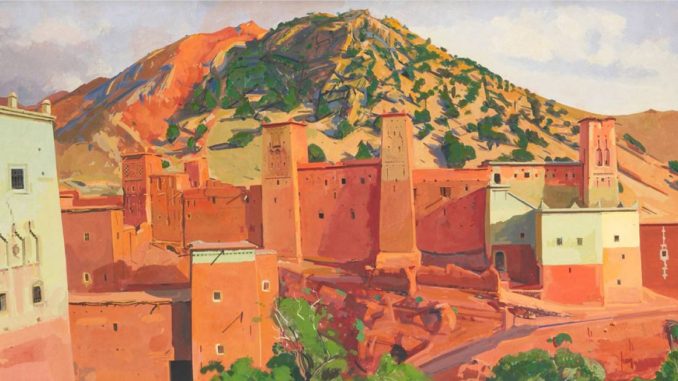
The French painter of the early twentieth century will have been, with his palette and brushes, the first to depict the still unknown territories of deep Morocco.
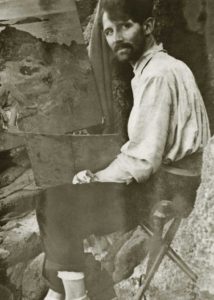
When he arrived in Morocco for the first time in September 1917, Jacques Majorelle stayed a few days in Rabat, the central and dynamic place of the French presence. Disconcerted by the intensity of the crowd and weakened by the oceanic climate, he decided to go to Marrakech. Marshal Lyautey will give him all the necessary recommendations so that he can settle without difficulty in the red city that will become the showcase of his long life as an artist.
Barely two weeks after his arrival in Marrakech, he wrote to one of his friends that it was impossible to tell him "the stringy descriptions of this surprising city whose mysterious beauty I will probably never penetrate".
The charm of the city gradually made its effect on the young man. In another letter, two months after his arrival, he recounts his impressions with an assumed eloquence: "In these streets, in the evening, and in these souks, with shining eyes, I remain drunk and shivering, delirious under the softness of the shapes that pass, of the magic light that iridescent in the sheaves of dust that the crowd raises".
Without delay he began a series of paintings which were exhibited in 1918 at the Excelsior Hotel in Casablanca. This first exhibition earned him the praise of the press and the title of glory that will never leave him: "Majorelle, the painter of Marrakech".
The first development of Morocco's kasbahs
The rest of his stay in Morocco will be devoted for many years to survey the mountains and valleys of the Atlas. After the mundane life of Marrakech, the painter left to discover the solitude and wilderness of southern Morocco still unsubdued to the central power of the Sultan. It is in front of these ageless kasbahs that Majorelle develops his new painting techniques which will be a milestone, including the process with metals where gold and silver are mixed with pigments to enhance the reliefs and lights. Her approach as an artist is above all documentary and during her exhibitions in France and Morocco, the names of Aït Ben Haddou, Taourirte, Irounem and Anmiter in the valley of the Ounila … will resound for the first time in the ears of Europeans before becoming decades later the places not to be missed.
Auréolé of success, he decided in 1920 to settle definitively in Marrakech, at the edge of the palm grove, outside the medina where he lived and worked formerly. It is there that he put his talent to build a workshop and a garden with enchanting charms which will quickly become famous since from 1928 the reference work, the "guide of Marrakech", recommended the visit of the place where also admired the "creations of art leathers and fine leather goods manufactured in the workshops of Mr. Majorelle".
His house and garden represent the picture of his life…
In 1936, he had a new architecture house-studio built, inspired by the work of Le Corbusier. He then spent 22 years arranging his living space, villa and garden, as he had painted each of his paintings. It was there, in 1937, that he perfected the ultramarine blue tint that would bear his name for posterity, the Majorelle blue.
After his death in 1962, the place will be preserved from abandonment thanks to the intervention in 1980 of Yves St Laurent and Pierre Bergé. Today known as the "Majorelle Garden", the painter's studio houses the "Berber Museum".
The Jardin Majorelle and its museum are without a doubt one of the most popular places to visit for tourists from all over the world. Do not hesitate to make the detour
For more information, see the site of the Jardin Majorelle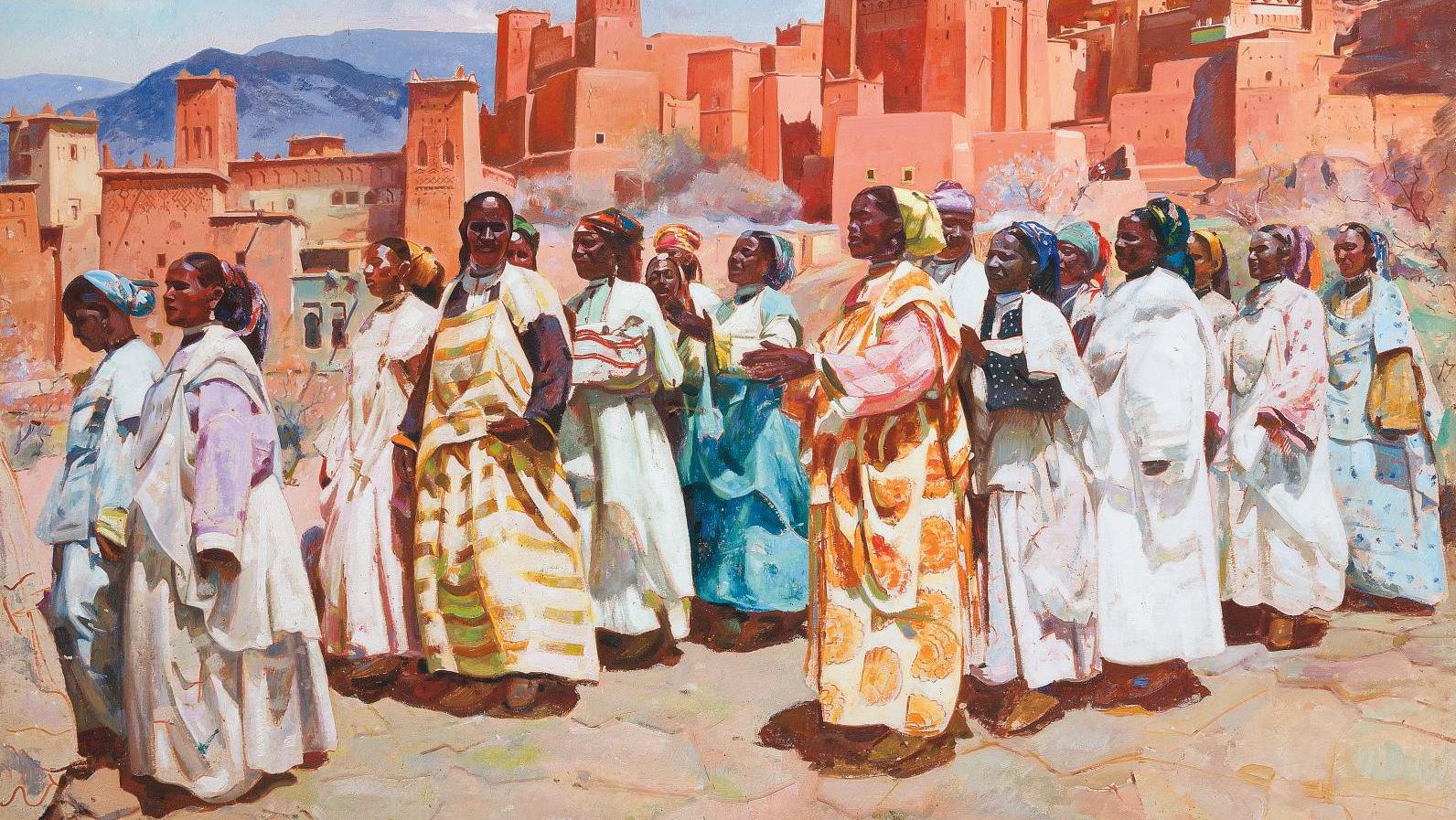
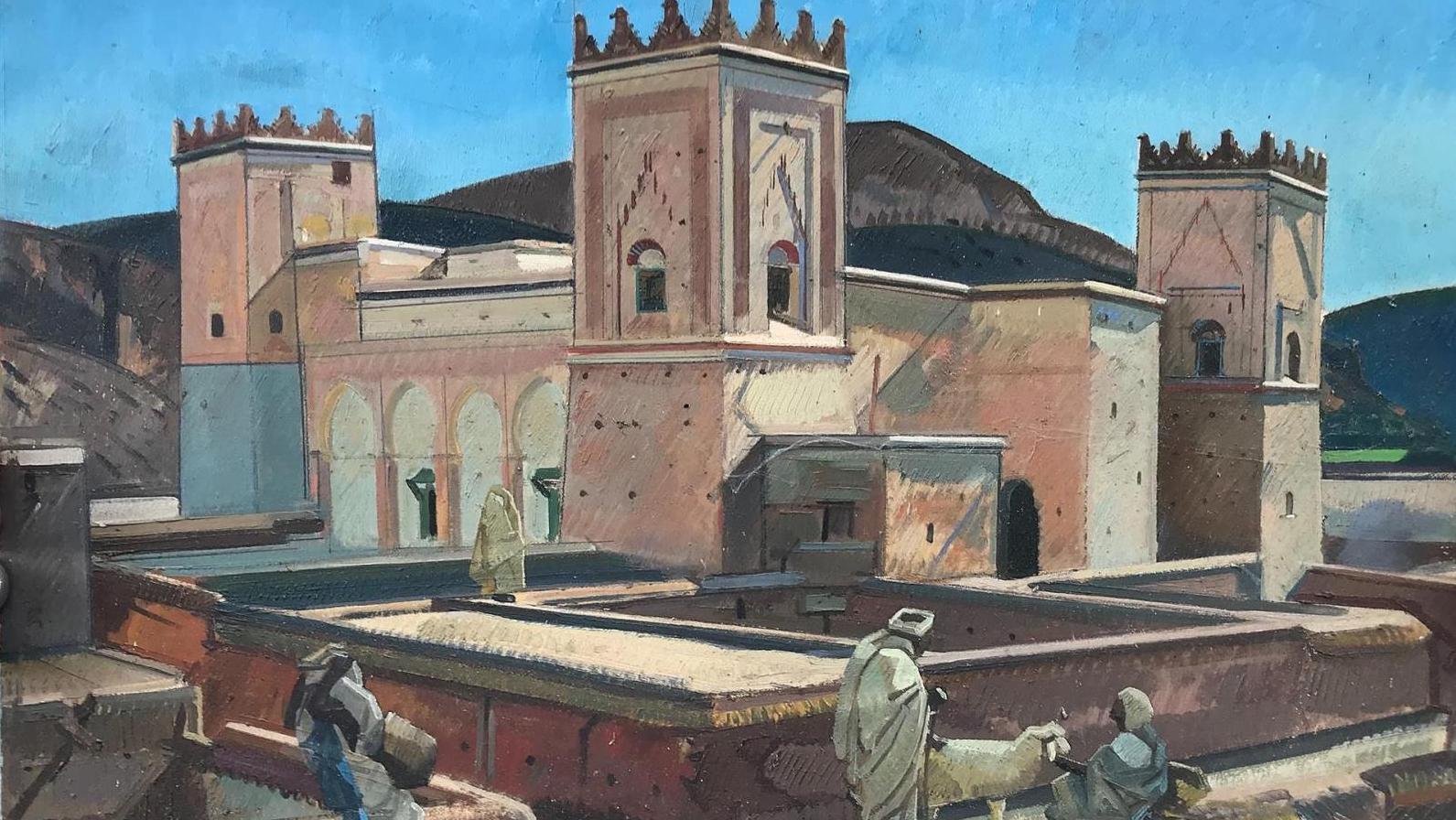

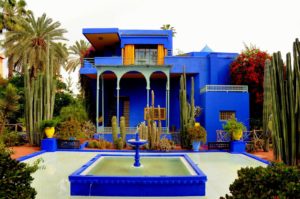
Leave a Reply